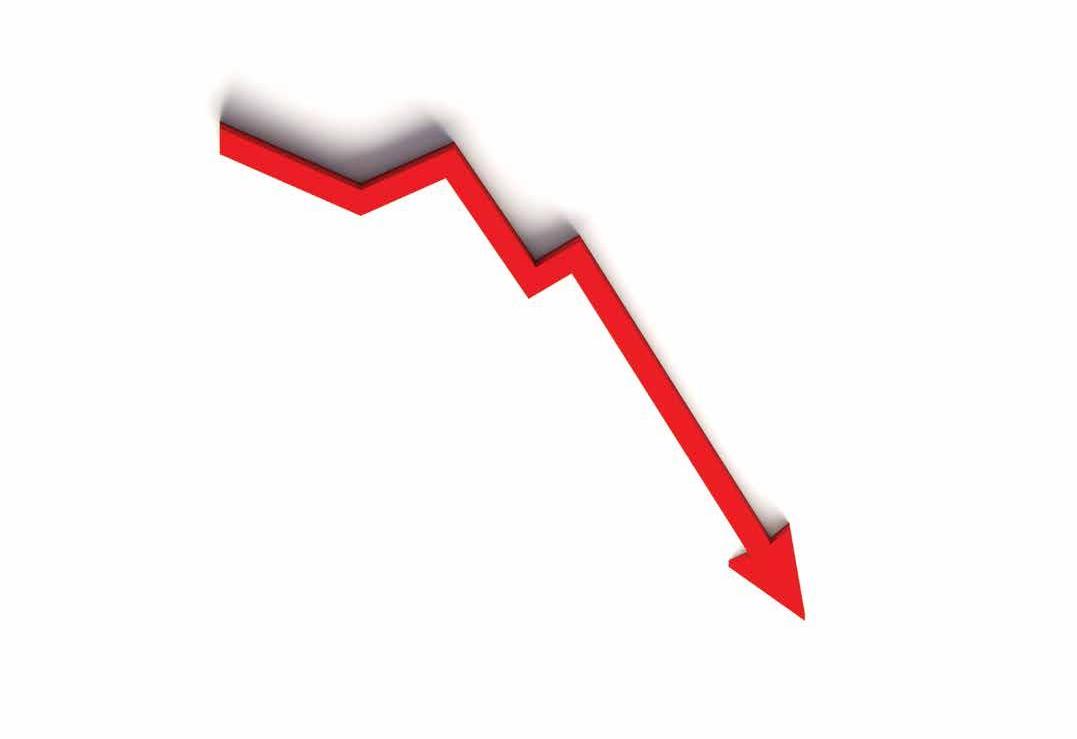LIBOR TETHERED TO A SINKING SHIP?
t
By J. Cliff McKinney, ll • Quattlebaum, Grooms, & Tull PLLC
he London Interbank Offered Rate (“LIBOR”) is one of the most common reference rates used by banks for mortgages, swaps, and many other financial instruments. Unfortunately, scandal has overtaken LIBOR resulting in an uncertain future. LIBOR is set to be scuttled and will cease to exist in its current form in 2021. This leaves many banks both confused and potentially exposed to riptides of disruption as LIBOR sinks beneath the waves of financial history.
Brief History and Scandal
LIBOR originated in the 1970s originally as an interest rate for offshore Eurodollar transactions. The British Bankers’ Association restructured LIBOR in the mid-1980s into a rate that banks can borrow from one another in London. LIBOR operates through a system of more than 200 member banks across sixty countries. Member banks include many of the world’s largest financial institutions, including the Bank of England, Bank of America, Bank of Tokyo, and Citibank. LIBOR rates are published in various currencies, including the US dollar, the British pound, and the Japanese yen. At its peak, approximately 60% of all prime adjustable-rate mortgages and nearly all subprime mortgages were indexed to LIBOR. Today, it is estimated that between $200 trillion to $300 trillion in financial instruments reference LIBOR. LIBOR relies on accurate input and data from select member institutions (i.e., the panel banks), to generate the rate daily. Unfortunately, several panel banks began manipulating the information used to generate LIBOR, which was unveiled in a 2008 exposé piece by The Wall Street Journal. This led to a series of investigations that found significant criminal activity.
18
The Arkansas Banker n Summer 2020
Regulators and law enforcement agencies in Britain, the United States, and other countries levied billions in fines against various member institutions. Most notably, UBS agreed to pay $1.5 billion in fines and penalties for its role in the scandals. Several large banks remain under investigation.
The Slow Sinking and Possible Life Rafts
In addition to hitting a reef of scandals, LIBOR is also arguably based on an outdated methodology. Some commentators note that the pool size of the panel banks is too small, a problem exacerbated by the reduced pool of panel banks after the 2008 financial crisis. This small pool results in a methodology that is susceptible to manipulation and sample-size error. In the wake of the scandals and criticism, the United Kingdom’s Financial Conduct Authority announced in 2017 that LIBOR as it currently exists will phase out by the end of 2021. LIBOR may continue to exist in some form after 2021, but the panel banks will no longer be required to participate, which will effectively end LIBOR’s usefulness. Unfortunately, if LIBOR does survive in some form after 2021, it might create even more ambiguity when instruments have not been updated to a new reference rate. Making matters worse, there are contingencies in the phase-out plan that could result in LIBOR ending prior to December 31, 2021. Regulators and financial institutions around the world have been scrambling to create a replacement for LIBOR. The United States, United Kingdom, Japan, European Union, Canada, Switzerland, Australia, and Hong Kong have all formed transition committees to replace LIBOR in their respective countries,
























